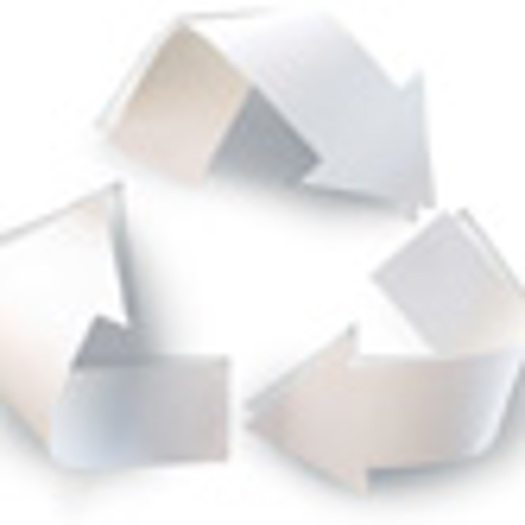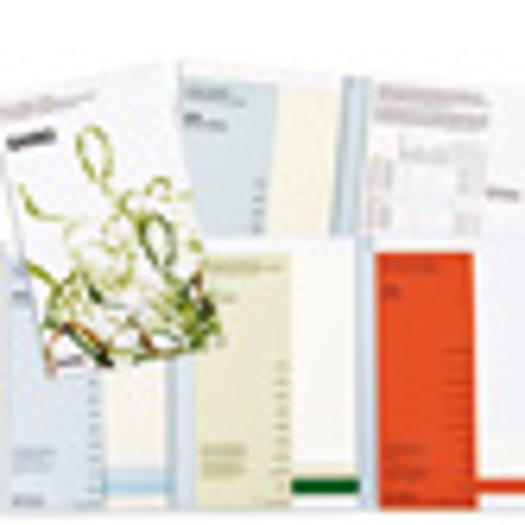On top of this, higher raw material costs and the Chilean earthquake, which has led to a shortage of pulp, have exacerbated the situation.
"Buyers have to get real about sensible pricing. Prices have been low for far too long and this is due to a lack of choice," says Paper Resources joint director Simon Gillingham.
In terms of developments, letterhead paper is one area of the industry that's heavily influenced by trends. As a result it is constantly evolving and changing with designers keen to use innovative and inspiring papers, which incorporate different textures and finishes. The current trend in the market is for rougher papers with a bulkier feel.
Angela De Vorchik, operational marketing manager at Arjowiggins explains. "Given the economic climate, price has become an important aspect in determining the purchasing decisions. In the letterhead market, bulkier papers are perceived to represent better value for money."
"We are beginning to notice a trend towards slightly more textured and 'toothy' papers for letterheads printed using letterpress technology," agrees Gillingham. His company has recently supplied paper for three wedding invitations, all of which were printed by letterpress.
"On smooth, hard paper letterpress doesn't work, but with soft, textured paper it looks fantastic," he adds.
One company that has recently overhauled its corporate stationery is creative design agency Believe In. The Exeter-based agency used just one ink, a Pantone silver, for its typography. This was set against black and grey duplexed boards from Fenner Paper's Colorset range for its business cards. According to Blair Thomson, creative director at the agency, this worked well with the use of silver foiling on the brand identity.
Rough appeal
"Foil blocking was expensive but we managed to, in most instances, use the same die for all items, maximising our budget," he says.
Its letterhead paper was printed using Arjowiggins' Cyclus Offset paper with the same design ethos of a single Pantone ink and foiling.
"We liked the paper's obvious recycled nature – quite grey with noticeable signs of recycled matter in its fabric," explains Thomson.
Environmental issues still play an important part in the buyer's decision making process, with FSC, PEFC and recycled paper proving popular. "Although there needs to be some more education so buyers know what they are getting," adds Gillingham. Labels such as 'Mixed FSC' can be confusing he says. Expect more launches for recycled grades with a textured feel within the market.
What's new in... Letterhead Paper
- Arctic Paper launched three swatches in June for its Munken Rough Design Range: Munken Polar Rough, Munken Lynx Rough and Munken Pure Rough. The grades are available FSC or PEFC certified for high-quality four-colour printing. The manufacturer describes the stock as having a natural and bulky paper feel
- Data and digital agency Crayon created a ‘paper world’ as part of Honda’s direct mail push to promote its qualification campaign in July. The initial run targeted 250,000 prospective and existing clients
- PaperCo has launched 9lives Preprint, a recycled paper that can be litho pre-printed and subsequently laser or inkjet over-printed. It can be used for hybrid jobs for corporate stationery, direct mail, flyers, and reports. The grade is FSC, NAPM, and EU Eco label certified










